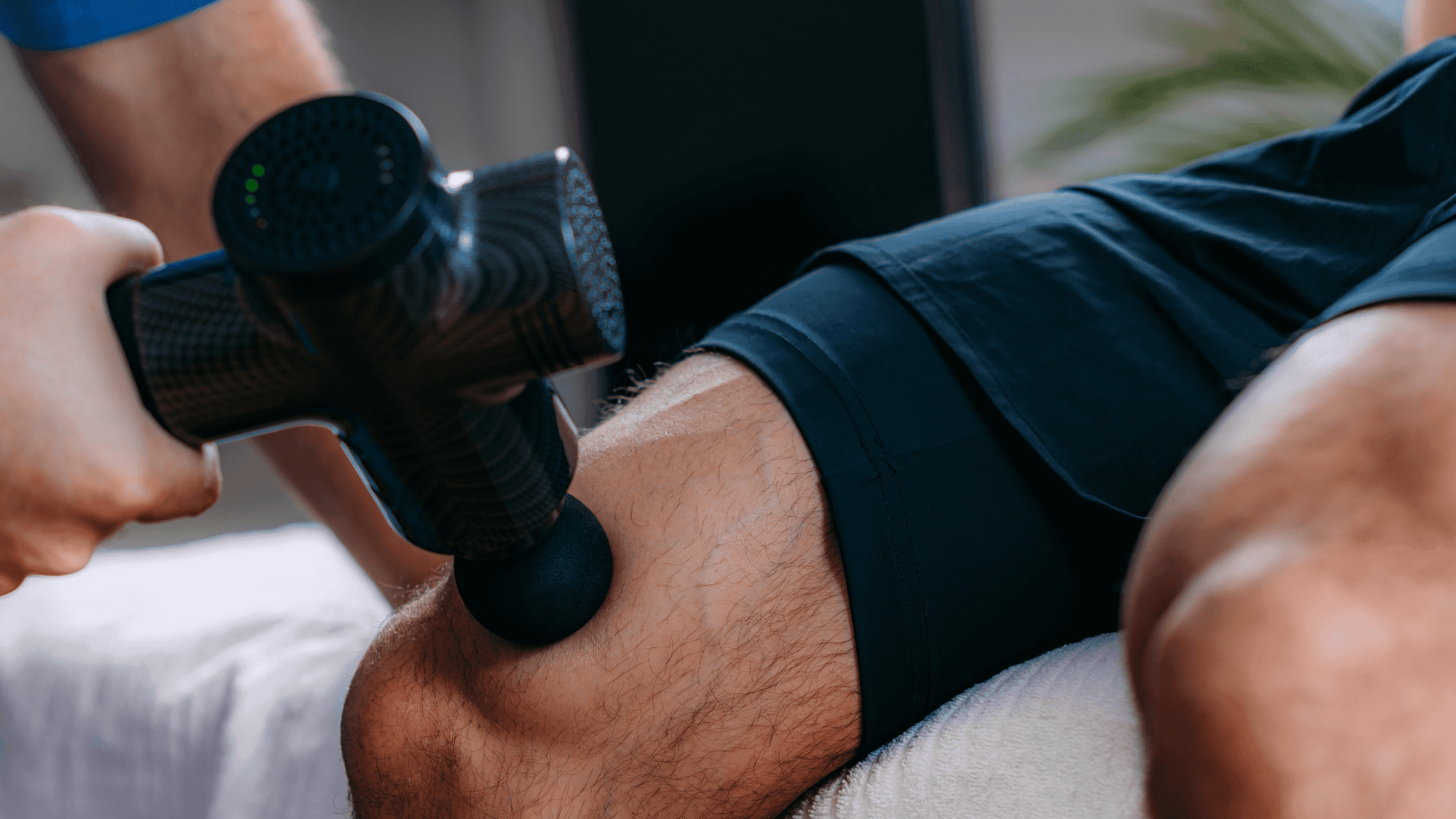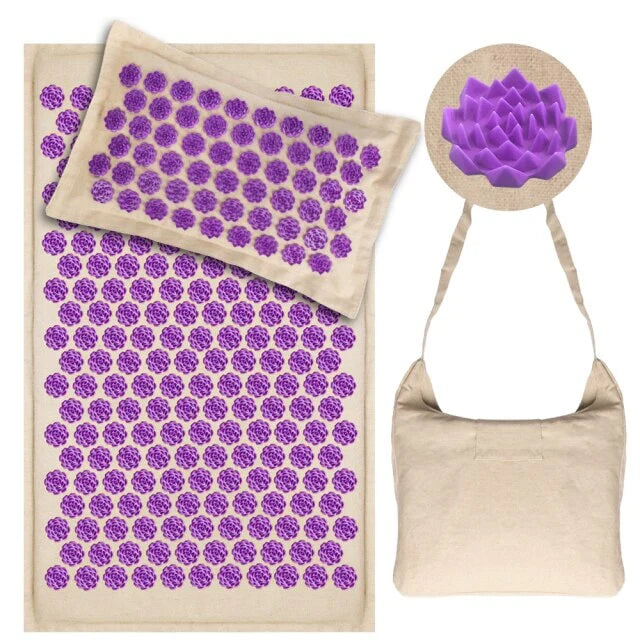Swedish massage, also known as classic massage, is the most common type of massage therapy practiced in the United States and the Western world.
It involves a series of techniques designed to relax muscles by applying pressure to them against deeper muscles and bones, rubbing in the same direction as the flow of blood returning to the heart.
The origins of Swedish massage date back to the early 19th century with Henrik Ling, a Swedish physiologist who developed the technique. Today, it remains a popular choice for those seeking relaxation and therapeutic benefits.
The Fundamentals of Swedish Massage
Techniques of Swedish Massage
Effleurage
Effleurage consists of long, gliding strokes aimed at relaxing muscles and improving circulation. This technique involves using the palms, fingertips, and thumbs in smooth, flowing movements.
It is often used at the beginning and end of a massage session to help the client relax. The gentle pressure applied helps to warm up the muscles and prepare them for deeper techniques. Effleurage can also help reduce stress and promote relaxation.
Pétrissage
Pétrissage involves kneading the muscles, which helps in breaking down knots and enhancing blood flow. This technique uses the hands to lift, roll, and squeeze the muscles, providing deep relaxation and releasing muscle tension. Pétrissage is particularly effective in targeting deeper muscle tissues and relieving chronic pain.
Frictions
Frictions are firm, deep movements performed with the fingers or thumbs. This technique is used to break down adhesions and scar tissue by applying pressure in small, circular motions. Frictions are particularly beneficial for areas with chronic muscle tension and can help in the treatment of specific muscle injuries.
Tapotement
Tapotement involves rhythmic tapping, hacking, or slapping of the muscles. It stimulates the muscles and nerves, enhancing blood flow and creating a sense of invigoration. Tapotement is often used to wake up the muscles and improve circulation.
Vibrations
Vibrations involve rapid shaking or trembling movements using the hands or fingers. This technique helps in relaxing and soothing muscles, promoting a sense of overall well-being. Vibrations can also help stimulate the nerves and improve the function of the muscle.
Benefits of Swedish Massage
Physical Benefits
Improved Blood Circulation
Swedish massage significantly enhances blood flow, which improves oxygen and nutrient delivery to the muscles. This increased circulation aids in muscle recovery and overall physical health. Regular Swedish massages can help improve circulation over time.
Reduced Muscle Pain
Regular Swedish massages help alleviate chronic muscle pain and tension. By targeting specific muscle groups, this massage therapy can provide lasting relief from discomfort. Swedish massage is especially beneficial for people with chronic pain conditions such as fibromyalgia or lower back pain.
Stimulated Lymphatic System
This massage technique also stimulates the lymphatic system, which helps in the removal of toxins and waste products from the body. It boosts immunity and enhances overall health. Stimulating the lymphatic system can also help reduce swelling and improve circulation.
Psychological Benefits
Stress Reduction
Swedish massage is renowned for its ability to reduce stress levels. The calming effects of the massage techniques lead to a significant decrease in cortisol levels, promoting relaxation. This technique is ideal for people who suffer from high stress or anxiety disorders
Improved Sleep Quality
By promoting relaxation and easing muscle tension, Swedish massage can improve sleep quality. Many clients report better sleep patterns following regular sessions. Improving sleep quality is particularly beneficial for people with insomnia or other sleep disorders.
Anxiety and Depression Management
Swedish massage has been shown to help manage symptoms of anxiety and depression. The relaxation and endorphin release associated with the massage can improve mental health. Regular Swedish massages can provide a consistent method for managing anxiety and depression.
Comparing Swedish Massage with Other Massage Types
Swedish Massage vs. Deep Tissue Massage
Technical Differences
While Swedish massage focuses on relaxation and surface muscles, deep tissue massage targets deeper layers of muscle and connective tissue. It uses more intense pressure to release chronic muscle tension. Deep tissue massage is more suitable for individuals who need relief from intense muscle tightness and knots.
Differences in Benefits
Swedish massage is ideal for relaxation and stress relief, whereas deep tissue massage is better suited for addressing chronic pain and muscle injuries. People with chronic pain conditions often find deep tissue massage to be more beneficial.
Swedish Massage vs. Aromatherapy Massage
Use of Essential Oils
Aromatherapy massage combines the techniques of Swedish massage with the use of essential oils. These oils are chosen for their therapeutic properties and enhance the overall experience. The use of essential oils can help in reducing stress, improving mood, and enhancing relaxation.
Relaxation Experience
The addition of aromatic oils in aromatherapy massage provides a deeper level of relaxation and can address specific conditions such as anxiety, insomnia, and muscle tension. Aromatherapy massage is ideal for people looking to enhance their relaxation experience.
Practical Aspects and Safety
Preparing for a Swedish Massage
Before the Session
To get the most out of a Swedish massage, it is essential to prepare both mentally and physically. This includes hydrating, avoiding heavy meals, and arriving early to relax. Preparing properly can help you get the best results from your massage.
During the Massage
Understanding what to expect during a session can enhance the experience. Swedish massage involves undressing to your comfort level, lying on a massage table, and communicating with your therapist about pressure preferences.
The therapist will use a variety of techniques including effleurage, petrissage, frictions, tapotement, and vibrations to relax and soothe your muscles.
After the Massage
Post-massage care includes drinking plenty of water, taking a warm bath, and avoiding strenuous activities to prolong the benefits of the massage. Proper aftercare can enhance the positive effects of the massage and help you feel better for longer.
Risks and Contraindications
Medical Contraindications
Swedish massage may not be suitable for individuals with certain medical conditions such as blood clots, skin infections, or recent surgery. It is crucial to consult with a healthcare provider before booking a session. People with specific health conditions should always consult their doctor before getting a massage.
Potential Side Effects
While generally safe, some individuals may experience mild side effects such as soreness or fatigue after a massage session. Knowing what to expect can help clients manage these effects. Side effects are usually mild and temporary.
Innovations and Future of Swedish Massage
Use of Technology in Massage
Innovations such as virtual reality and augmented reality are being integrated into massage therapy to enhance the experience and provide customized relaxation techniques. These technologies can help create a more immersive and effective massage experience.
Integration with Other Therapies
Combining Swedish massage with other therapies like acupuncture and reflexology can provide synergistic benefits, addressing a wider range of health concerns. Integrating different therapies can offer a holistic approach to health and wellness.
Research and Development
Ongoing research is uncovering new potential benefits of Swedish massage, contributing to its evolving practice. Studies on its impact on various health conditions continue to expand its therapeutic applications.
Staying informed about the latest research can help individuals make the best decisions about their health.
Conclusion
Why Choose a Swedish Massage?
Swedish massage offers a range of physical and psychological benefits, making it a popular choice for those seeking relaxation and therapeutic effects. Whether you are looking to reduce stress, improve circulation, or manage pain, Swedish massage can be a valuable addition to your wellness routine.
By offering a comprehensive understanding of Swedish massage, its benefits, practical considerations, and future innovations, this article aims to provide readers with all the information they need to make informed decisions about incorporating this therapeutic practice into their wellness routines.
Swedish massage, with its variety of techniques and proven benefits, is a powerful tool for enhancing physical and mental health, promoting relaxation, and improving overall well-being.








